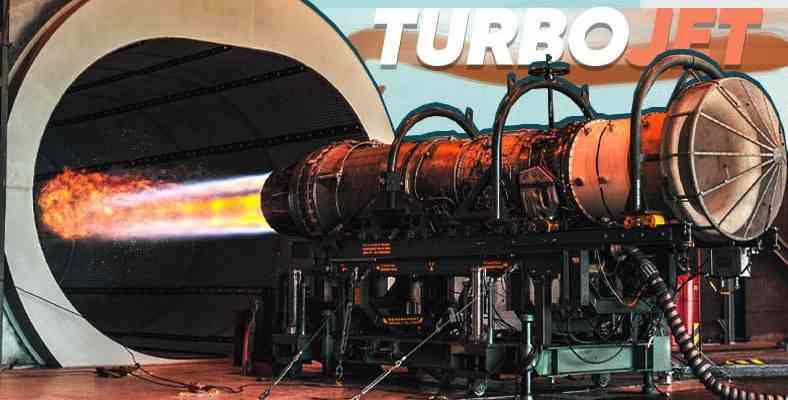Every time we see aircraft engines, it seems quite big and surprising to us. But has it ever occurred to us to explore their differences from each other and their working logic? Our guest today is aircraft engine variants for users who really wonder how they are differentiated. How do these giant vehicles get power? Let’s examine it together.
Although airplanes are vehicles with much more technology than we expected, they surprise us when we hear about every feature. However, we know that airplanes have much higher engines than other vehicles. In fact, when we went a little deeper, we saw that there are engine differences between the planes, just like the cars. Our topic today is those that amaze us with their features. aircraft engine types. Based on the basics, we find quite a few engine options. When we look at the basic aircraft engine types, we see that there are only 5 types of aircraft engine types.
Of course, these 5 engine types have their own advantages or disadvantages. But we can say that each of them basically serves a pretty big job for an airplane. In fact, while many of these engines have common features, they also have a few special details that make them preferable. In fact, we can say that these are the most fundamental differences that allow us to distinguish these engines from each other. If you wish, without further ado, it has different and powerful features. aircraft engine types what are they? Let’s examine it together.
First of all, what kind of aircraft engine are there?
Although they are specialized in themselves, in total 5 main aircraft engines There is a variety. These engine types are; Turboprop is separated from each other as turbojet, turboshaft, turbofan and ramjet. But as we said above, these engines can be used by customizing them according to the aircraft models.
5 basic aircraft engine types:
- Turbojet Engine
- Turbofan Engine
- Turboprop Engine
- Turboshaft Engine
- Ramjet Engine
Gas is taken from the outside and compressed in the compressor: Turbojet Engine
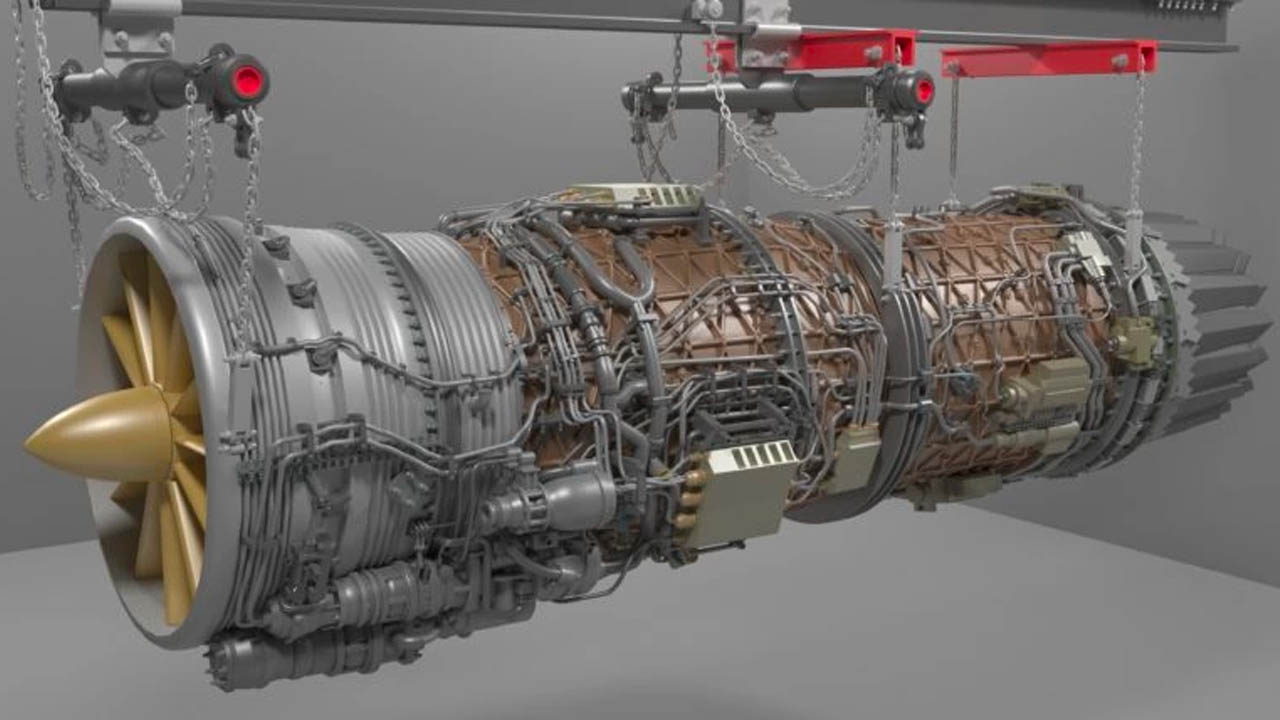
The engine that we can classify as the simplest turbojet engines, they basically work with gas thrust. This engine system, which works by compressing the air taken from the rear of the engine, has an extra combustion tank. With this combustion tank, the liquid mixture is raised to about 1000 degrees. In this way, it enables the engine to work together with the gas it compresses. This engine first appeared during World War II. German and British scientists continued to test and develop these aircraft engines at that time. These engines were developed and managed to reach their current form.
If it is necessary to list the basic compartments that enable turbojet engines to work; We can say air intake, combustion chamber, compressor, exhaust and turbines. Air taken from outside is compressed in the compressor and passed through a turbine that turns the compressor, and that’s how the airplane actually works when viewed from the ground up. However, the resulting pressure when the turbine is discharged must be double the pressure in the atmosphere.
Provides acceleration even at low speeds: Turbofan engine
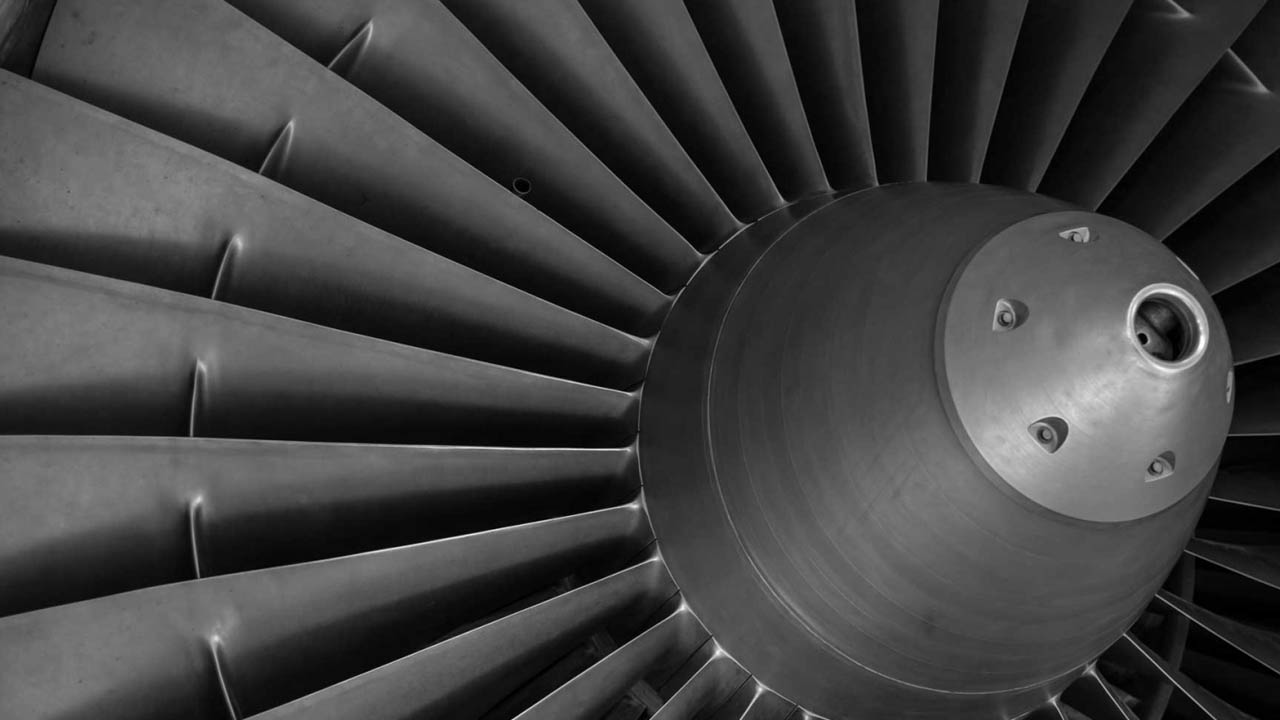
Let’s come to the aircraft engine popularly used by today’s airline companies. turbofan to engines. We can see these engine types quite a lot on the Boeing side. In 2018, Boeing introduced GE9X turbofan engines to power and be efficient for 777X-style aircraft. The most basic and popular feature of these engine types is that they accelerate the aircraft even at low speeds. While the front of these engines is equipped with a sizable fan to suck outside air, the air from the front of the airplane is immediately transferred to the generator, which produces hot air. Although this generator consists of a combustion chamber, turbine and compressor, a very small part of the air passing through this engine type can reach the combustion chamber. The remaining air passes through the compressor or fan sections after being mixed with the gas or directly expelled.
When we look at the basics, we can say that the most distinctive feature that distinguishes Turbofan engines from the previous Turbojet engines is the fans located at the front. These fans further cool the engine, keep the plane moving even at low speeds, and reduce engine noise as much as possible.
Turboprop engine with a gear system
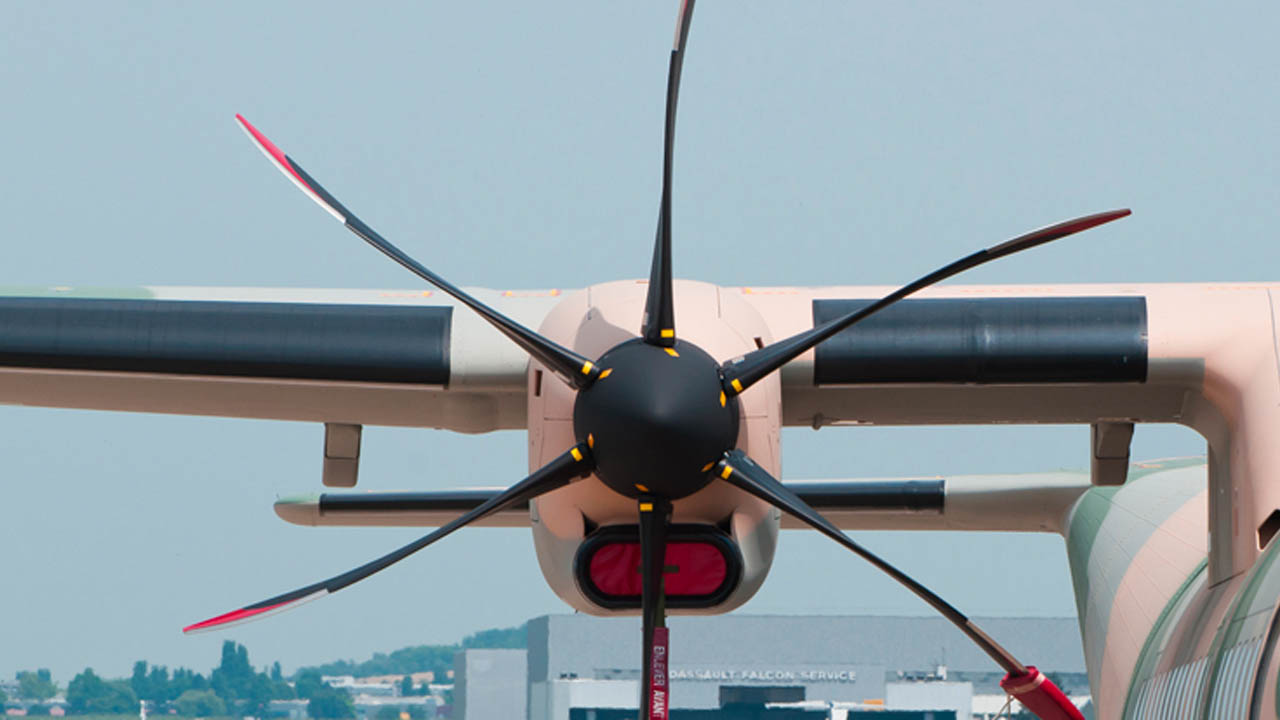
Our next engine is the one with a gear system. Turbuprop engines. This engine option has a gear system for connecting the aircraft propeller. Although it is basically no different from turbojet engines, it is also known as a turbojet engine that rotates a gearbox and a shaft connected to it. The most popular feature of these engines is that they are fuel efficient and can rotate at speeds between 200 and 350 knots on average. Although not an efficient engine at high speeds, they show more efficiency at medium altitudes. The first of the problems that appear in these engines is that the gear systems fail due to their weight. Turboprop engines house compressed air and gas, turbine and turbine compressor in their combustion chamber.
Turboshaft engine preferred for helicopters
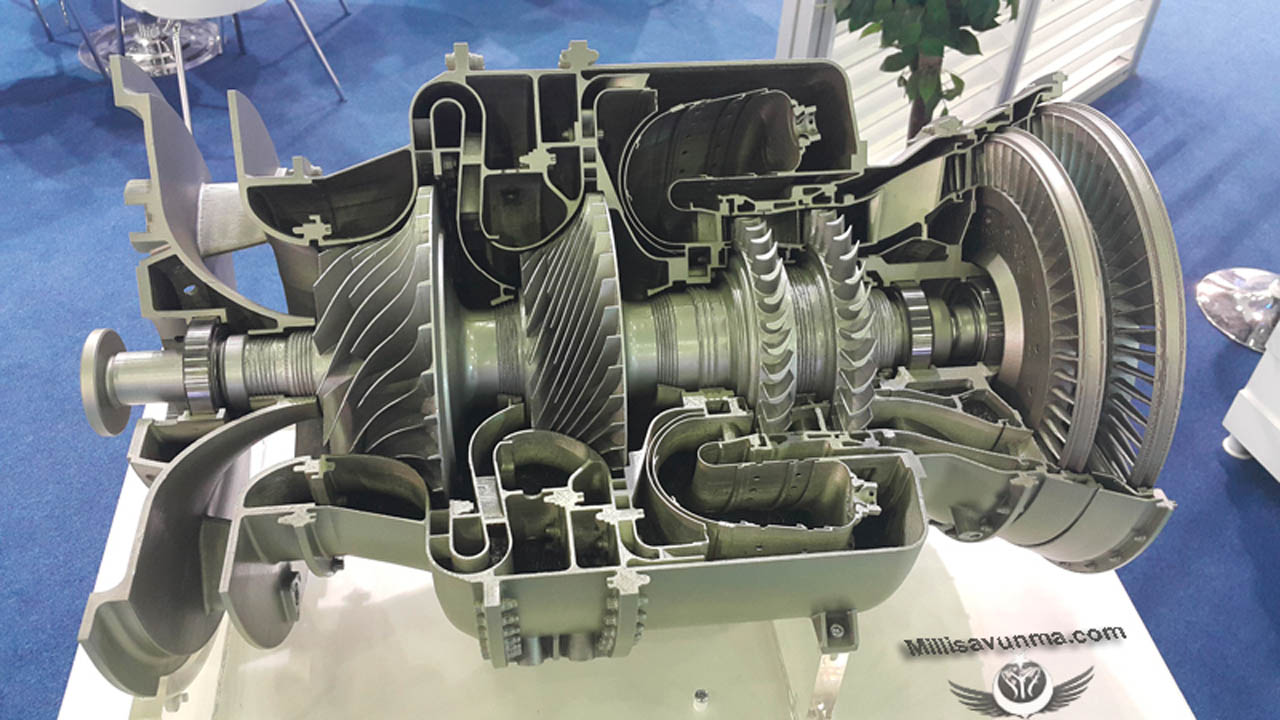
The main reason why this engine is preferred for helicopters is that it does not have a propeller. For this reason, it is a type of engine preferred in helicopters rather than airplanes. This engine, which modulates the power produced by the helicopter, can independently rotate the speed of the helicopter rotor and the speed of the gas generator. These engines are also somewhat similar to Turbojet engines. In fact, the most basic feature that distinguishes the two engines from each other is that turboshaft engines use their power to rotate the turbine instead of pushing it.
Turboshaft engines The biggest feature is that they have a shaft that connects the front to the back. As we said above, this engine option is generally preferred in helicopters. Therefore, the shaft is connected to the gearbox of the rotor blade. The most basic problem of these engines is that the gear system can easily break.
The lightest among them: Ramjet engine
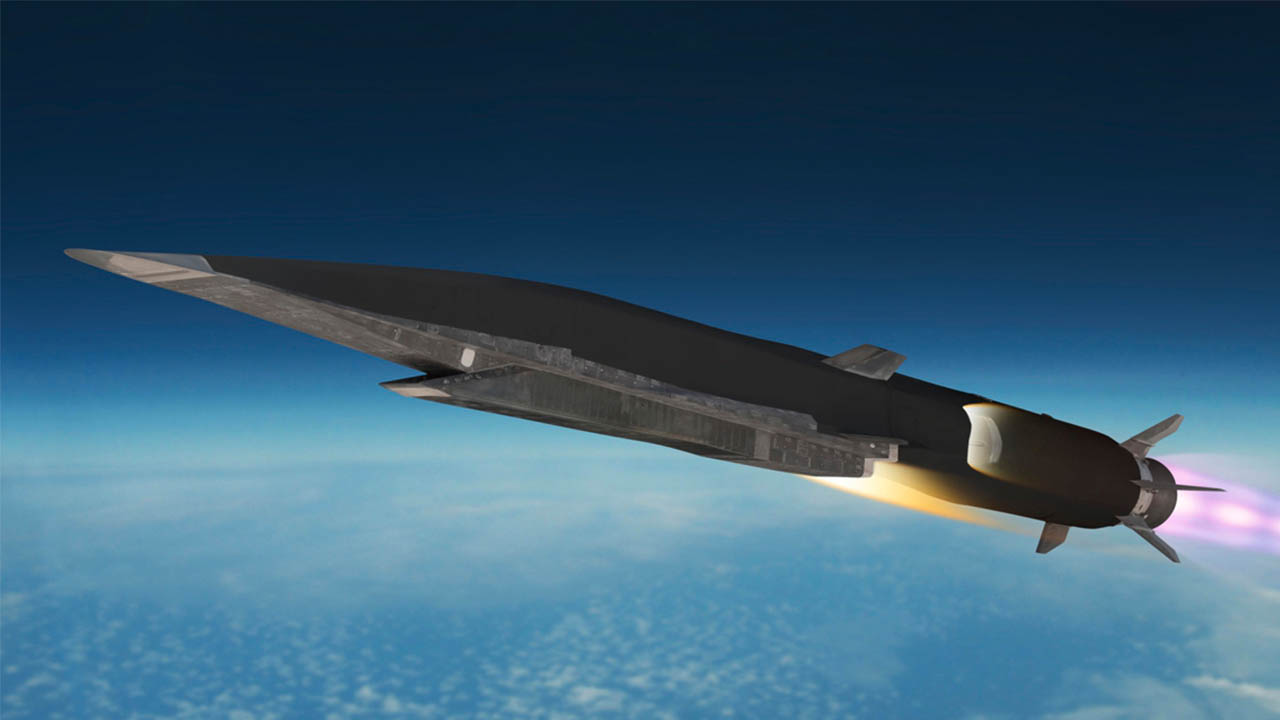
The most basic features that distinguish these engines are; The reason is that they are much lighter and produce force below the speed of sound. While all the engines you see above have the ability to develop static force, ramjet engines do not. Because ramjet Airplanes with engines need additional assistance during take-off. These engines reduce efficiency as they accelerate. Because the air temperature in the ventilation increases as it is compressed. This engine option also works in the same system as the turbojet. But the only difference is that there are no rotating parts in these engines. These engines are generally preferred in missiles and space vehicles.
We have listed a total of 5 aircraft engine types with different features for you. Aircraft engine types, has details that will really astonish us when we go deep. Not only the engine, but as we said at the very beginning of our content, every detail of the aircraft is truly astonishing. Because, although airplanes are vehicles that come out with very fine engineering, we see that even the smallest detail they have produces very big results. What do you think about aircraft engines? Don’t forget to share with us.
RELATED NEWS
How Do Engines That Make Tons of Airplanes Fly Like a Bird Actually Work?
RELATED NEWS
